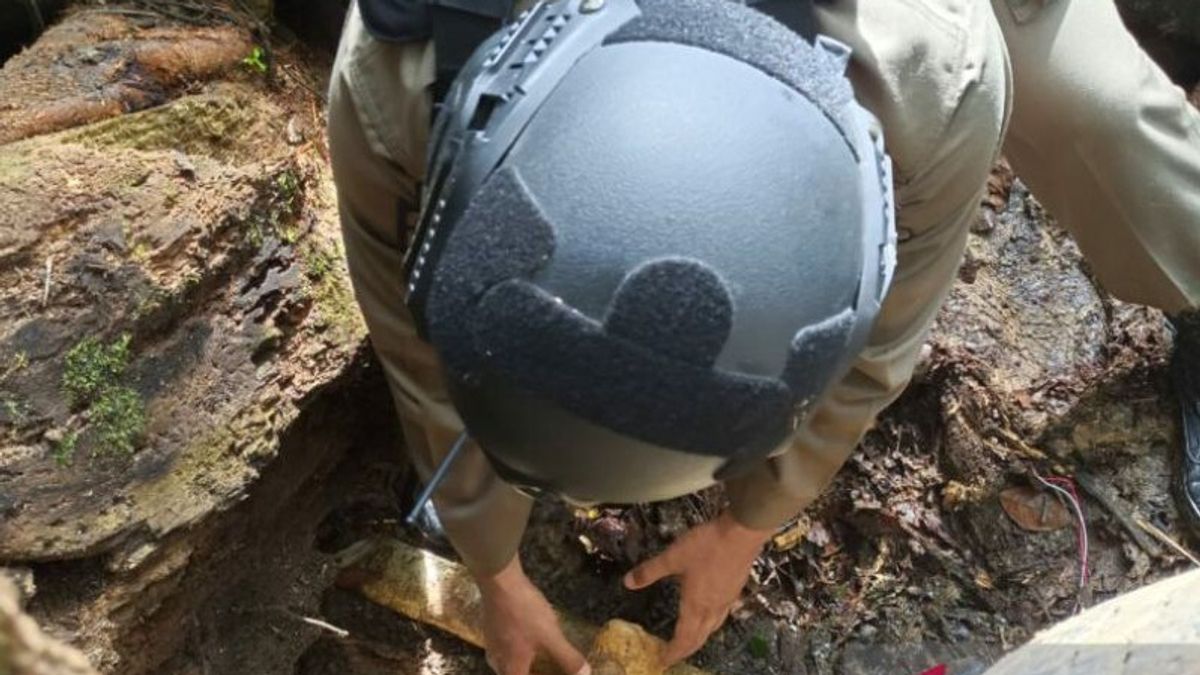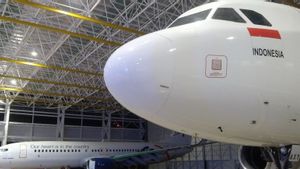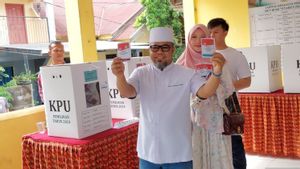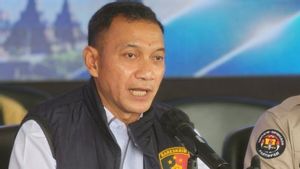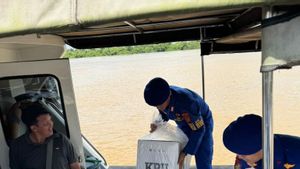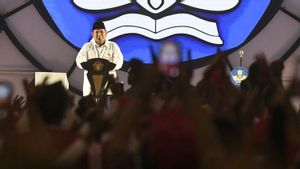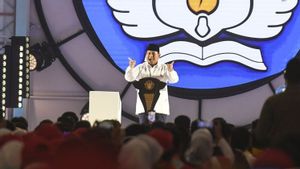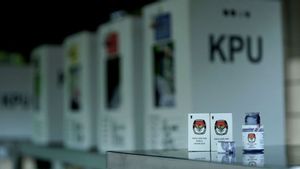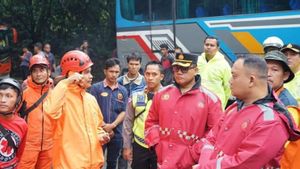BALIKPAPAN - The Bomb Detachment Sub Detachment (Subden Jibom) of the Gegana Brimob Detachment of the East Kalimantan Police destroyed mortar shells and active hand grenades which were found by residents of Balikpaan some time ago.
The ammunition, which is believed to have been used as weaponry by the Japanese army in defending Balikpapan in World War II, was detonated in a safe place on an empty land near the Head of Battalion C Pioneer Brimob at Km 13 Karang Joang, North Balikpapan.
"Previously we made sure everything was safe," said the Commander of the Gegana Brimob Detachment of the East Kalimantan Police Commissioner Sony Lawway, Antara, Sunday, July 12.
The destruction carried out last Saturday was in accordance with the procedures for destroying explosives. The ammunition is placed in the pit and detonated remotely. Previously, the area around the hole had been confirmed to be safe from public personnel or civilians, including pets.
Because of its oil refinery, Balikpapan became a bone of contention for the parties who faced each other in World War II, in the City of Oil it is common to find ammunition left over from the war.
There are even heavy weapons such as cannons, the muzzle of which is still pointing towards Balikpapan Bay from its nest in the hills in West Balikpapan.
In the Markoni hills there is also a similar cannon found by construction workers who were digging for the foundation of the building. In the Pasir Ridge or Gunung Pasir area, there is the carcass of the Mathilda tank, the Australian army weaponry tank which is now a monument.
The Japanese also built a number of concrete fortifications along the coast, the remains of which can still be seen at Manggar Beach.
In the history of World War II, Balikpapan was captured by the Japanese from the Dutch in 1942 almost without significant resistance. On the other hand, once the Allies wanted to take Balikpapan, they faced all-out defense and resistance.
Written on the Anzac Day Monument, or commonly known as the 'Ostrali Monument' at the Merdeka Square Roundabout, at least 229 Australian soldiers died in the coastal landing attempts and the fighting in early July 1945. Before landing, Balikpapan was bombarded by Allied warships from the sea.
The English, Chinese, Japanese, Arabic, and French versions are automatically generated by the AI. So there may still be inaccuracies in translating, please always see Indonesian as our main language. (system supported by DigitalSiber.id)
